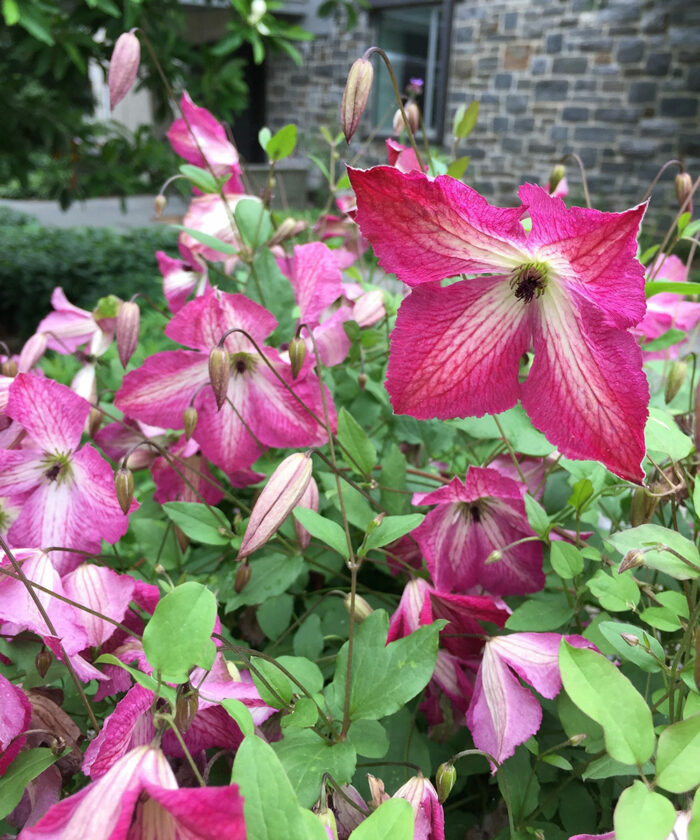
As gardeners look forward to the joys of spring, we often turn to pruning to exercise our green thumbs. Knowing when and how to prune clematis (Clematis spp. and cvs., Zones 4–11) is often shrouded in confusion. However, arming yourself with a few basic principles will make the decision-making process much easier.
Clematis are divided into three pruning groups based on bloom time and whether the flowers are produced on old wood (growth from the previous year) or on new wood (growth from the current season). Figuring out which group a plant falls into will be your first task.
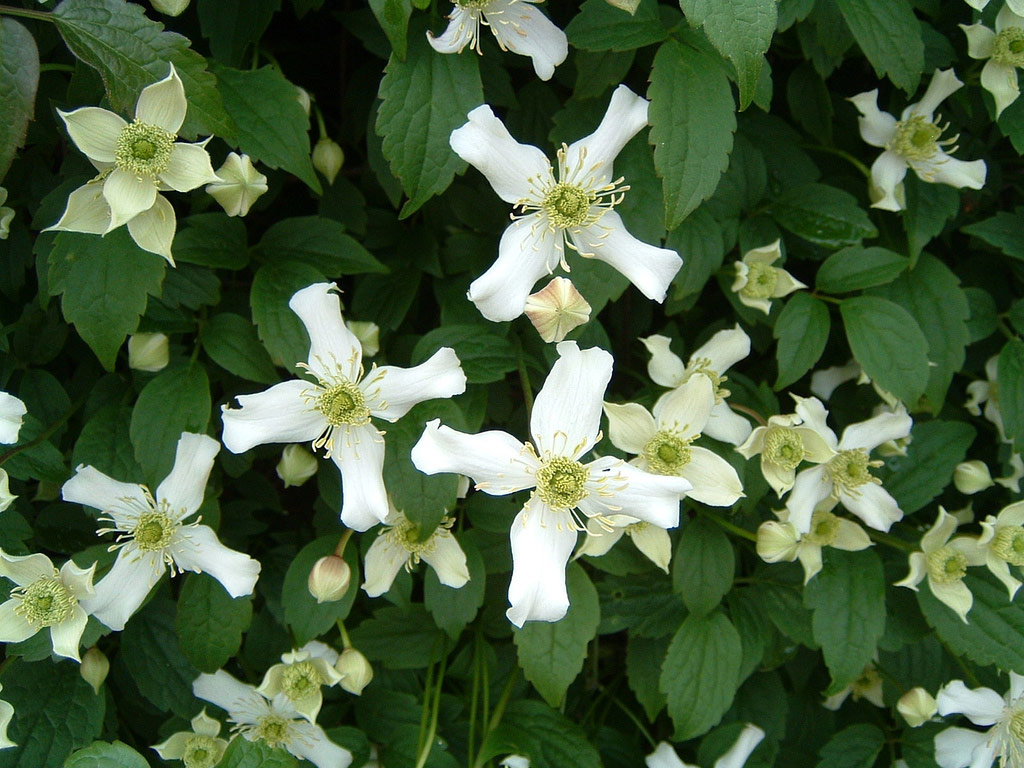
Group 1: Spring-blooming clematis that need little or no pruning
These are the earliest-blooming clematis that strut their flower power in early spring. There are both evergreen and deciduous types, and all flower on old growth from the previous year. These are often vigorous growers, and I find they are most beautiful if left to twine their way through the branches of shrubs or small flowering trees. If a clematis is sited properly, pruning is generally unnecessary. However, if space is limited and growth must be contained, pruning should be done as soon as the plant has finished flowering. This allows ample time for new growth to develop, including the flower buds that will bloom the following year.
Examples of Group 1 clematis
- Alpine clematis (Clematis alpina, Zones 4–9)
- Evergreen clematis (C. armandii, Zones 7–9)
- Yellow bell clematis (C. chiisanensis and cvs., Zones 5–9)
- Winter clematis (C. cirrhosa, Zones 7–9)
- Japanese clematis (C. japonica, Zones 6-9)
- Spring-flowering hybrids such as Marta™ clematis (C. ‘Evipo071’, Zones 4–9)
- Mountain clematis (C. montana, Zones 6–9)
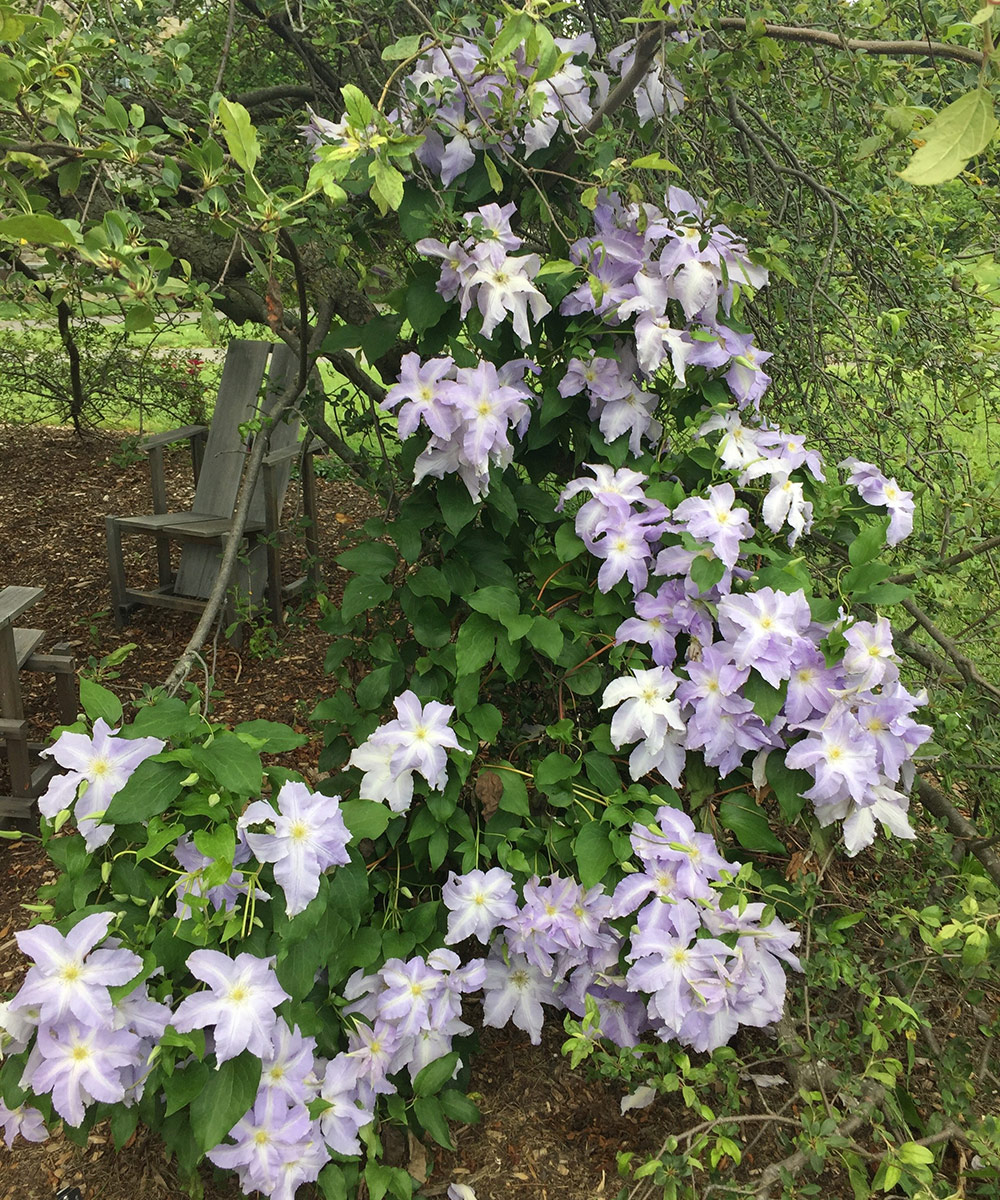
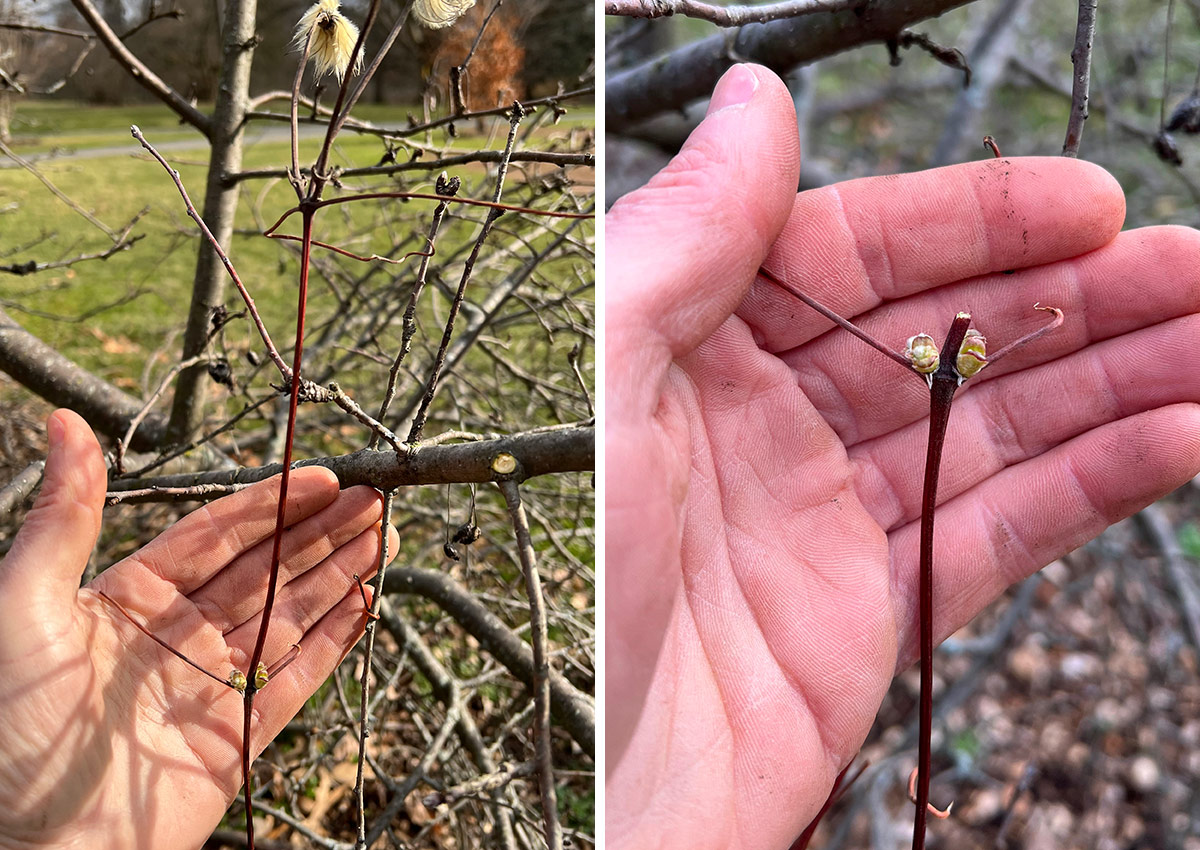
Group 2: Repeat bloomers that are pruned immediately after flowering
Like the clematis in Group 1, these large-flowered cultivars bloom on old wood. For the plants to flower successfully, most of the growth from the previous year must be left intact. These large-flowered beauties, which include double and semi-double cultivars, benefit from light pruning immediately after flowering. If you add a little supplemental fertilizer after pruning, you will be rewarded with new growth and a bit of reblooming later in the season.
For Groups 1 and 2, it is fine to remove dead or weak stems before the buds begin breaking in late winter to early spring. It is also helpful to cut any stem tips that are not alive back to a healthy pair of buds.
Examples of Group 2 clematis
- Passion flower clematis (Clematis florida and cvs., Zones 6–9)
- Large-flowed clematis (C. patens and cvs., Zones 6–9)
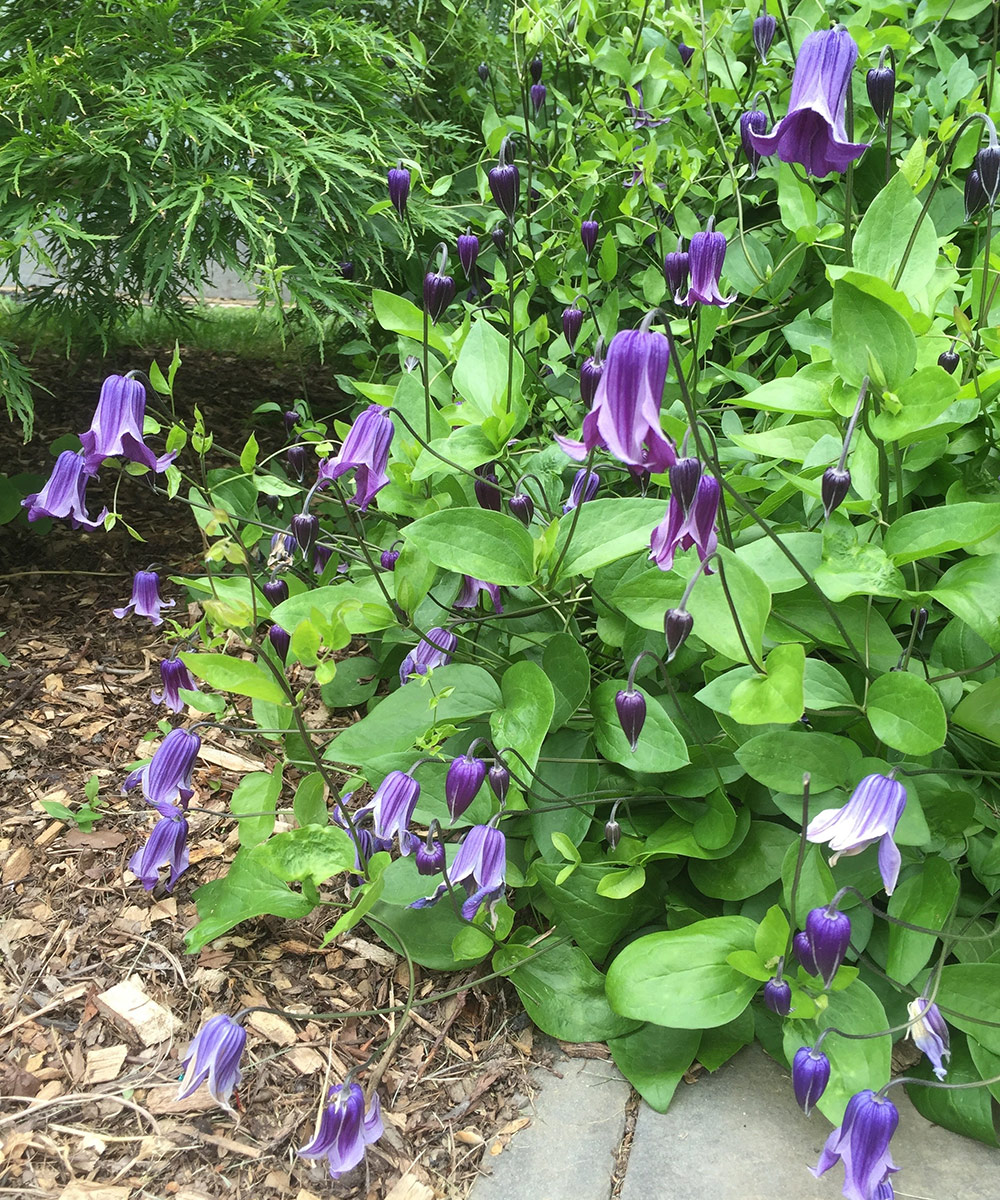
Group 3: Midsummer and late summer clematis to cut back annually
Exclusively flowering on new wood formed by the current season’s growth, this group benefits from an aggressive yearly chop approximately 12 inches or less above soil level. If you are simply trying to keep the plant’s size within the parameters of your trellis or support system, top growth can be cut back to a healthy pair of buds as you deem fit. A clematis in Group 3 will flower if left unpruned, but the result is often a plant that is bare at the base with flowers well above an enjoyable viewing height.
Other types within this group
- Chinese clematis (Clematis chinensis, Zones 6–9)
- Ground clematis (C. recta, Zones 3–9)
- Pitcher’s clematis (C. pitcheri, Zones 5–9)
- Texas clematis (C. texensis, Zones 4–8)
- Vasevine or leatherflower (C. viorna, Zones 4–9)
- Italian clematis (C. viticella, Zones 4–8)
- Various hybrids
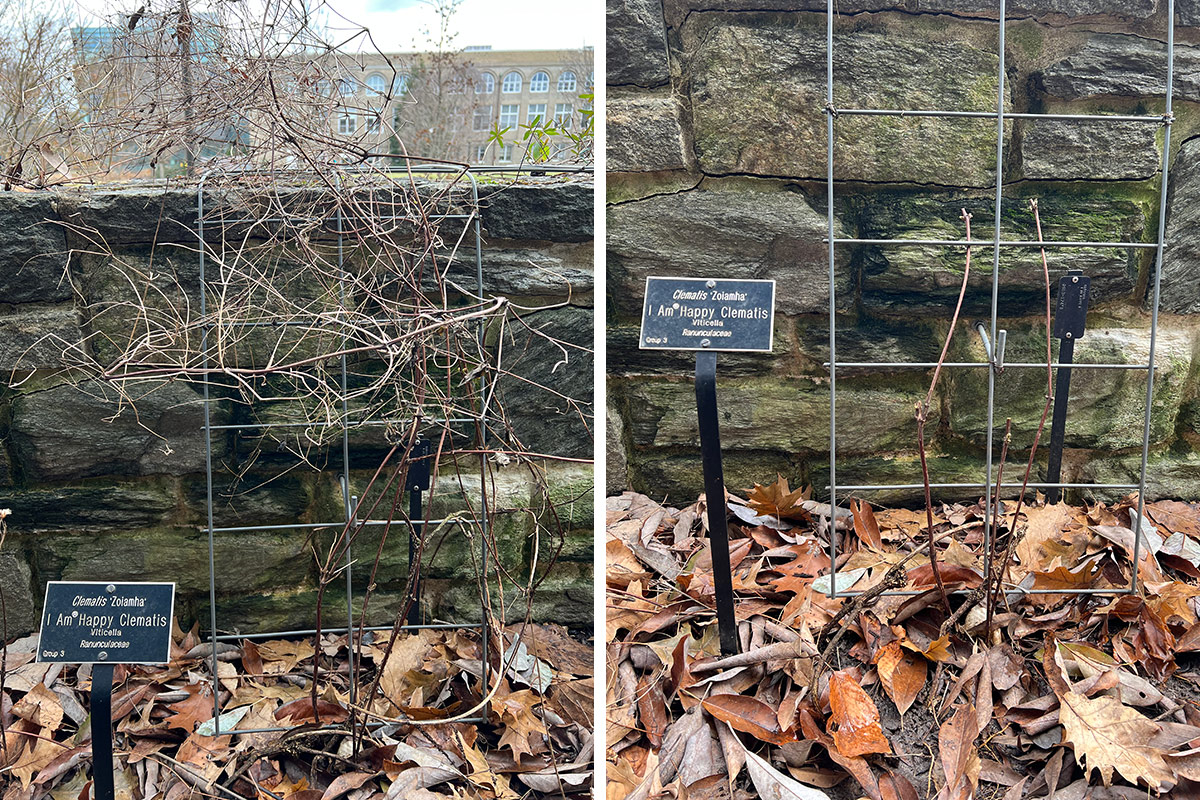
Group 3: Nonclimbing clematis types
Nonclimbing clematis lack the modified leaf petioles that allow most clematis to climb. Solitary clematis (Clematis integrifolia, Zones 3–7) grows from below ground each year, and old stems do not usually remain viable. Prune it as you would any other herbaceous perennial, and remove all canes at ground level yearly.
Shrub clematis, also called tube clematis (C. heracleifolia, Zones 3–8) has a growth habit similar to that of a small shrub. The canes or stems can become quite thick and woody, allowing the plant to grow 2 to 3 feet tall and wide. This clematis can be pruned to the ground every year, but it looks most interesting if a shrublike form is developed and maintained.

More on pruning clematis
You can find a longer list of clematis cultivars and their pruning groups here: What Group Is My Clematis
For a classic clematis pruning article from the Fine Gardening archives, follow this link: Pruning Clematis
—Adam Glas is a garden supervisor and rosarian at the Scott Arboretum of Swarthmore College in Swarthmore, Pennsylvania.
Fine Gardening Recommended Products

Pruning Simplified: A Step-by-Step Guide to 50 Popular Trees and Shrubs
Fine Gardening receives a commission for items purchased through links on this site, including Amazon Associates and other affiliate advertising programs.

DeWalt Variable-Speed Cordless Reciprocating Saw
Fine Gardening receives a commission for items purchased through links on this site, including Amazon Associates and other affiliate advertising programs.
- 18.31 x 6.13 x 4 inches
- 1-1/8-inch stroke length
- Variable speed trigger with 0-3000 spm

Fiskars 28" Power-Lever Garden Bypass Lopper and Tree Trimmer
Fine Gardening receives a commission for items purchased through links on this site, including Amazon Associates and other affiliate advertising programs.


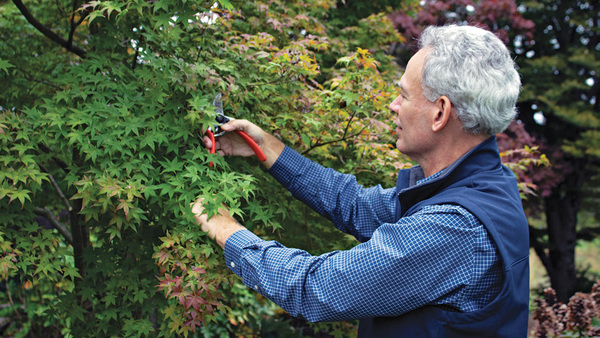
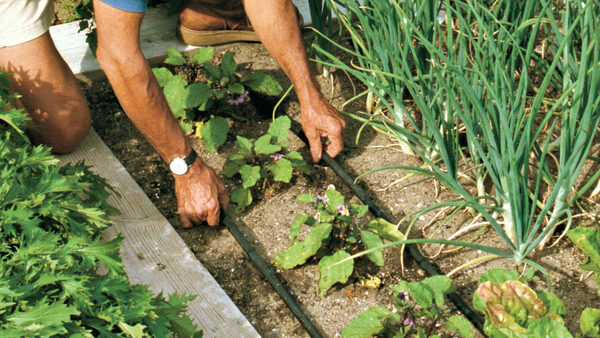
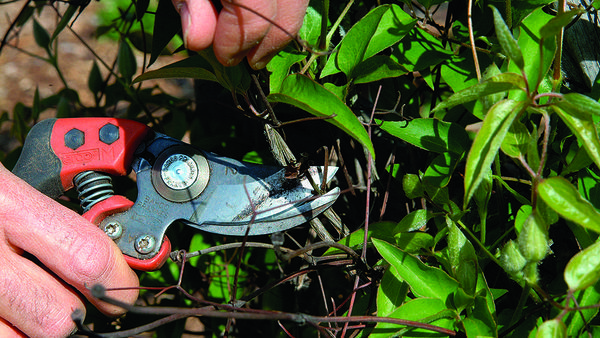














Comments
Log in or create an account to post a comment.
Sign up Log in